A low impact workout to build muscle
An expertly-crafted, beginner-friendly low impact workout to build muscle and increase strength
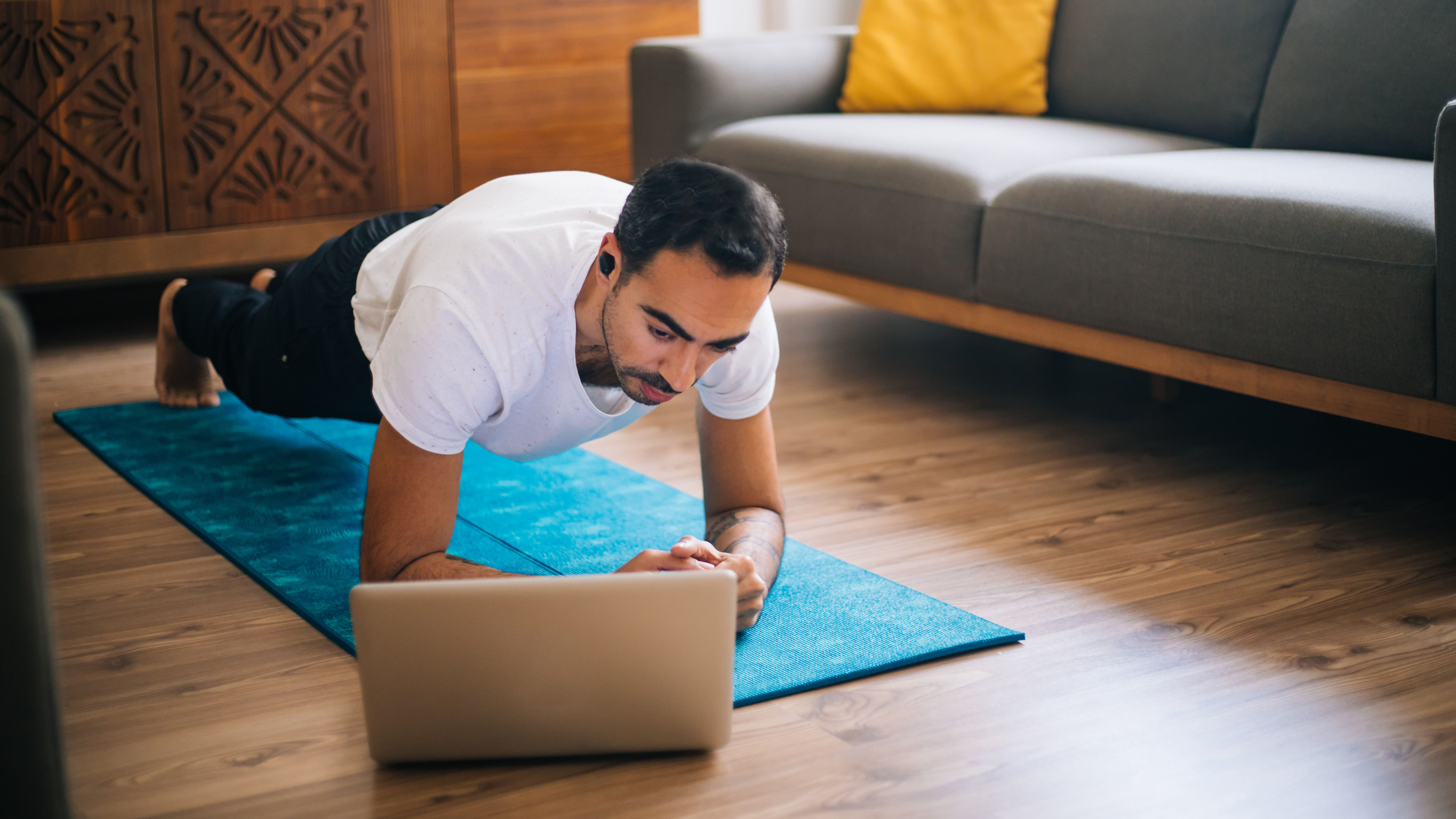
A low impact workout is an effective way to build muscle, endurance and cardiovascular fitness without putting too much stress or strain on the joints. And whether you’re a fan of the best resistance bands, free weights or bodyweight exercises, making your workout low impact is still a great way to tone up.
Chartered physiotherapist Helen O’Leary says: “Low impact exercise is essentially exactly as it sounds – any type of exercise that raises the heart rate but does not include any jumping, running or impact on the joints. If you are standing you will always have one foot on the ground at any time.
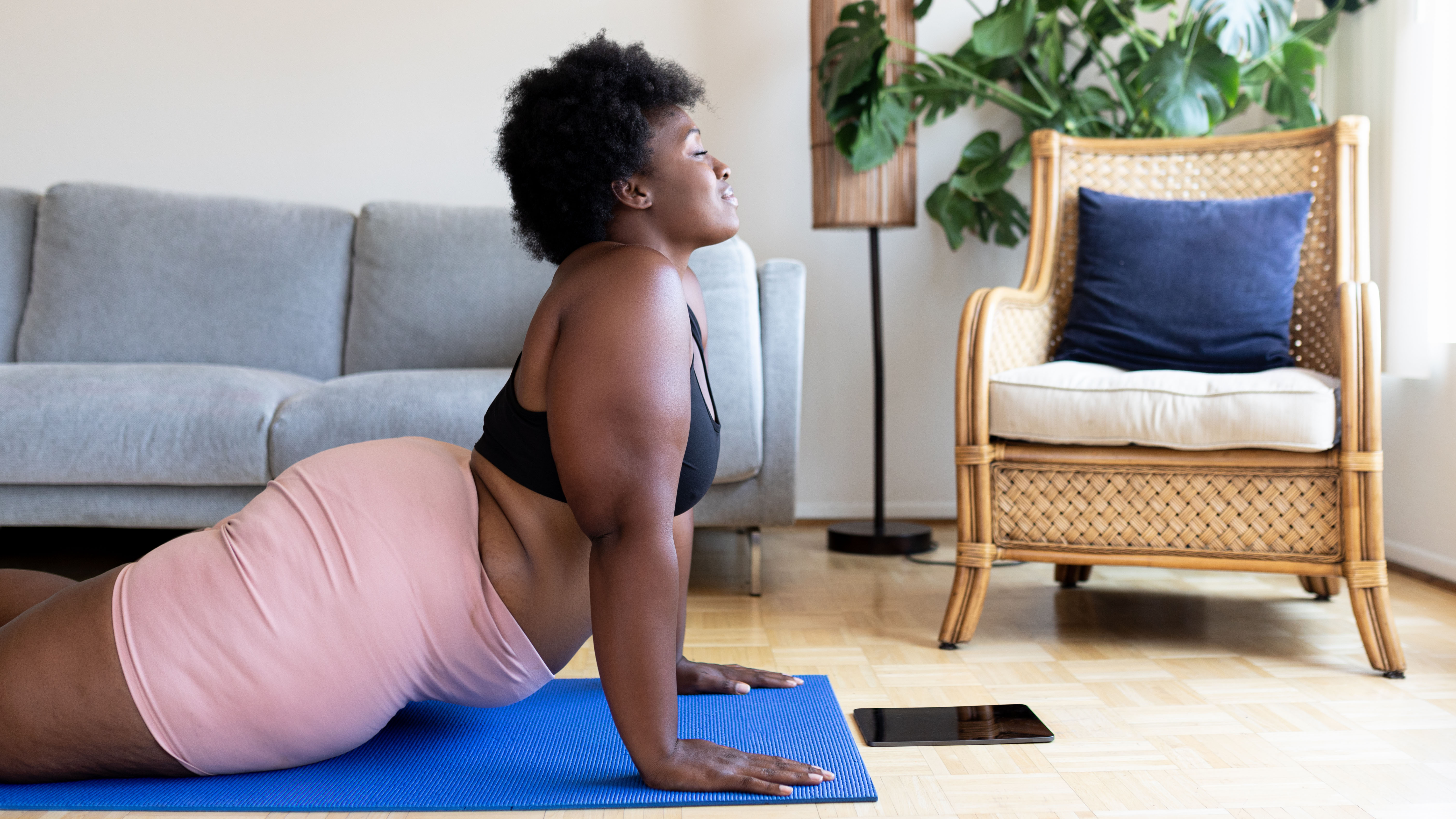
“It is perfect for beginners to exercise or people just returning to fitness after a break as it is a great way to give gradual and gentle progression without ‘shocking’ the body. It reduces the risk of DOMS (delayed onset muscles soreness) and injury when the body tissues are getting used to working in different ways.
“It is perfect for anyone with an injury as you can work on maintaining cardiovascular fitness and muscle strength whilst also protecting the injured tissues and allowing healing and recovery.
“Low impact workouts are also a good choice for pregnant women once impact gets uncomfortable or returning to exercise after birth. It means you can work the body whilst protecting scars (C-section or episiotomy) and allows for the gradual recovery of the pelvic floor and core to support the pelvis and spine without overloading.”
In this article we speak more to O’Leary about how low impact workouts can build muscle, and she reveals her easy seven-move plan that you can try today.
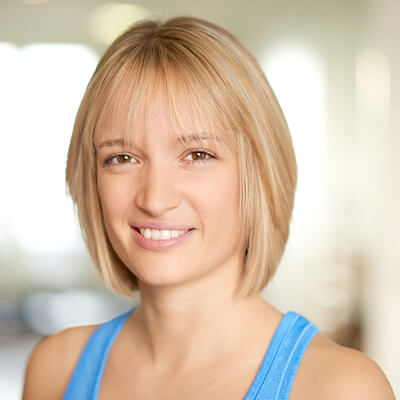
Helen O’Leary is a chartered physiotherapist and Pilates instructor/director of Complete Pilates in London, England. Helen graduated from Birmingham University in the U.K. in 2008 and completed a Polestar Pilates Rehabilitation course in 2010. Helen started her career as a physiotherapist in professional men’s rugby and with Cirque du Soleil before launching Complete Pilates. After 13 years of dealing with acute trauma injuries as a physiotherapist, Helen works with clients before and immediately after surgery to optimize their recovery.
How effective are low impact workouts?
You can build muscle with low impact workouts – but at some point you will need to increase the amount of stress placed on the body to see progress.
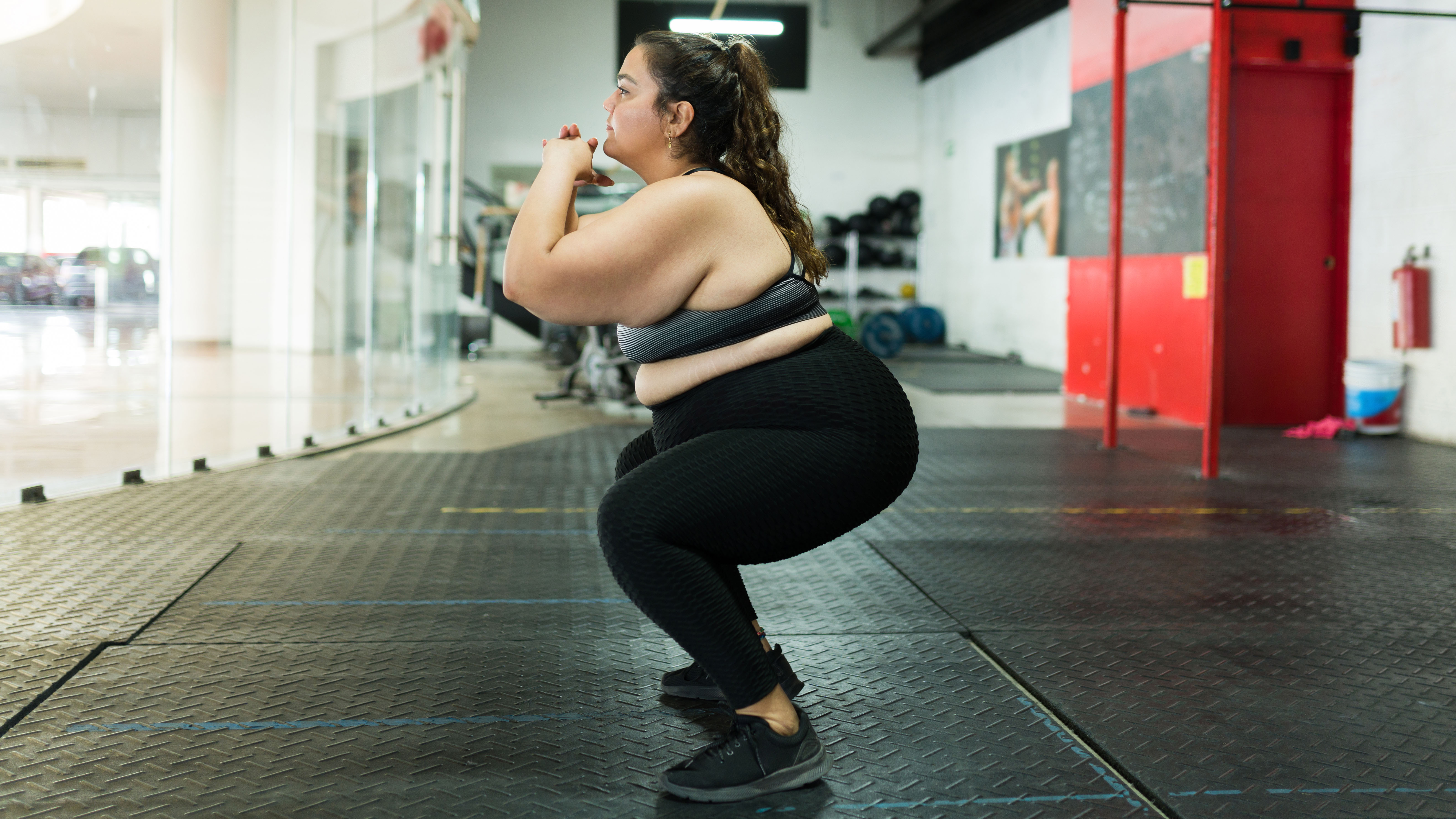
“To gain muscle strength we need to push the muscles to adapt, which means following the principles of training called ‘progressive overload’. This is the point at which the muscles will begin to adapt to the increased requirement for strength,” says O’Leary.
“If you are doing a movement that you are not used to, body weight is often enough to reach progressive overload and therefore give the initial increase in strength.
“To continue this, you will need to progress and challenge the muscles, which can mean adding weights rather than changing the impact, so it could still be classed as low impact.
“However, for the full challenge to our muscles and to build strength for a variety of specific needs, eventually you will need to add speed and impact, which may include higher impact workouts.
“Of course this does depend on your goals, your starting point and how much exercise you have done before. For example, for someone who doesn’t exercise, doing low impact walking and body weight squats will give a strength gain. For someone who usually runs and does weighted squats, however, it won't.”
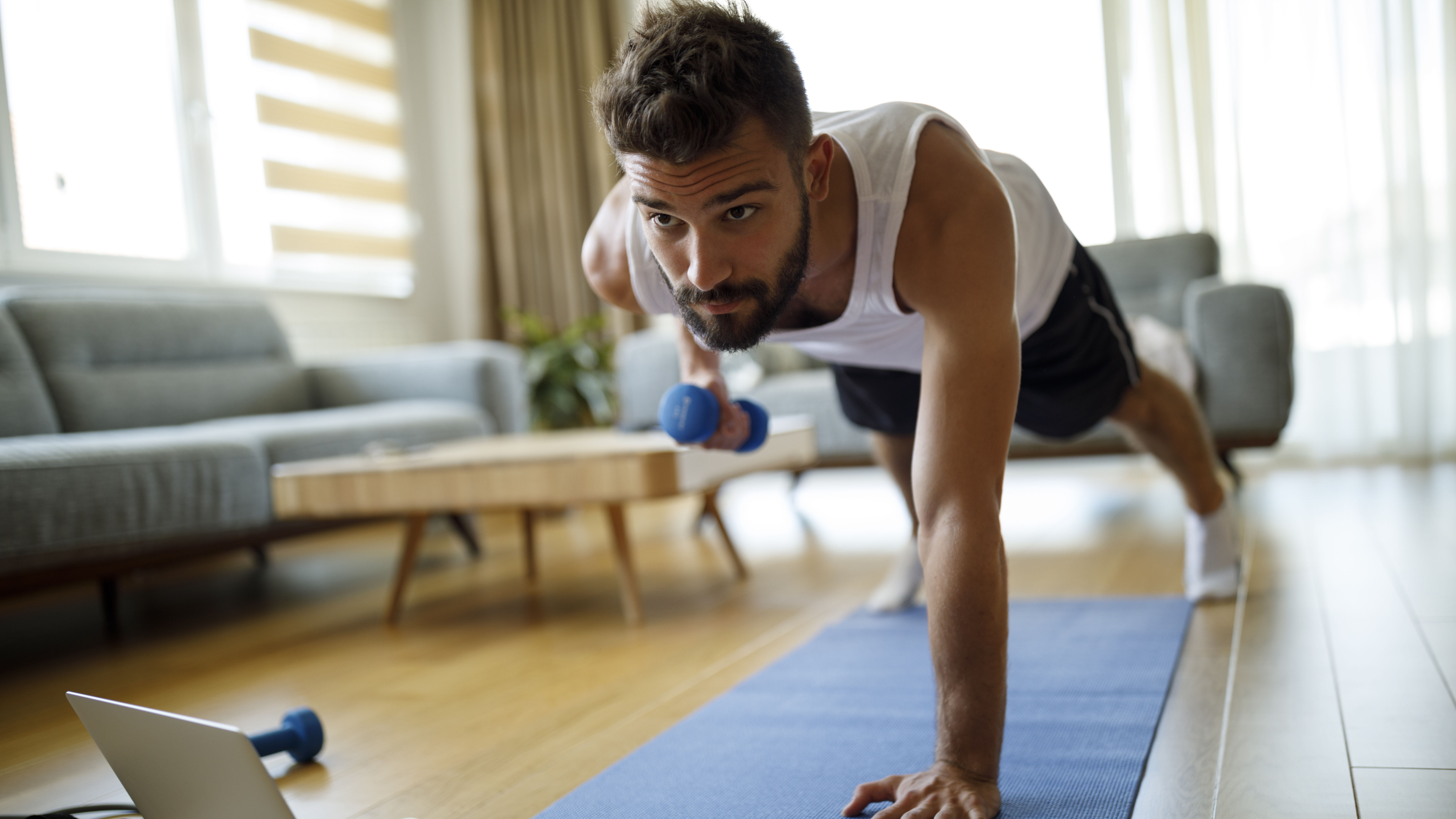
And how exactly do low impact exercises build muscle?
“Skeletal muscle fibers grow after regular training due to many physiological factors, such as changes in muscle protein turnover,” says sports and exercise scientist Paul Hough. “The exact mechanisms that regulate muscle growth (known as hypertrophy) are complex and have not been fully clarified.
“However, the fundamental training stimulus for hypertrophy is the generation of tension within the muscle fibers. During exercise, the muscle fibers experience stress, which activates the physiological processes that eventually lead to hypertrophy,” says Hough, who is also a lecturer in sport and exercise science at Oxford Brookes University.

Paul is a BASES accredited Sport and Exercise Scientist, currently lecturing at Oxford Brookes University. He has a broad range of experience working with elite athletes and is currently researching how sleep influences athletic performance.
Seven-move low impact workout to build muscle
Try this beginner-friendly low impact to build muscle created exclusively by O’Leary for Live Science. All you need is a mat and some water.
It’s important to do at least five minutes of warming up before starting exercise, and don’t forget to spend as long cooling down and stretching afterwards.
Move one: The bridge
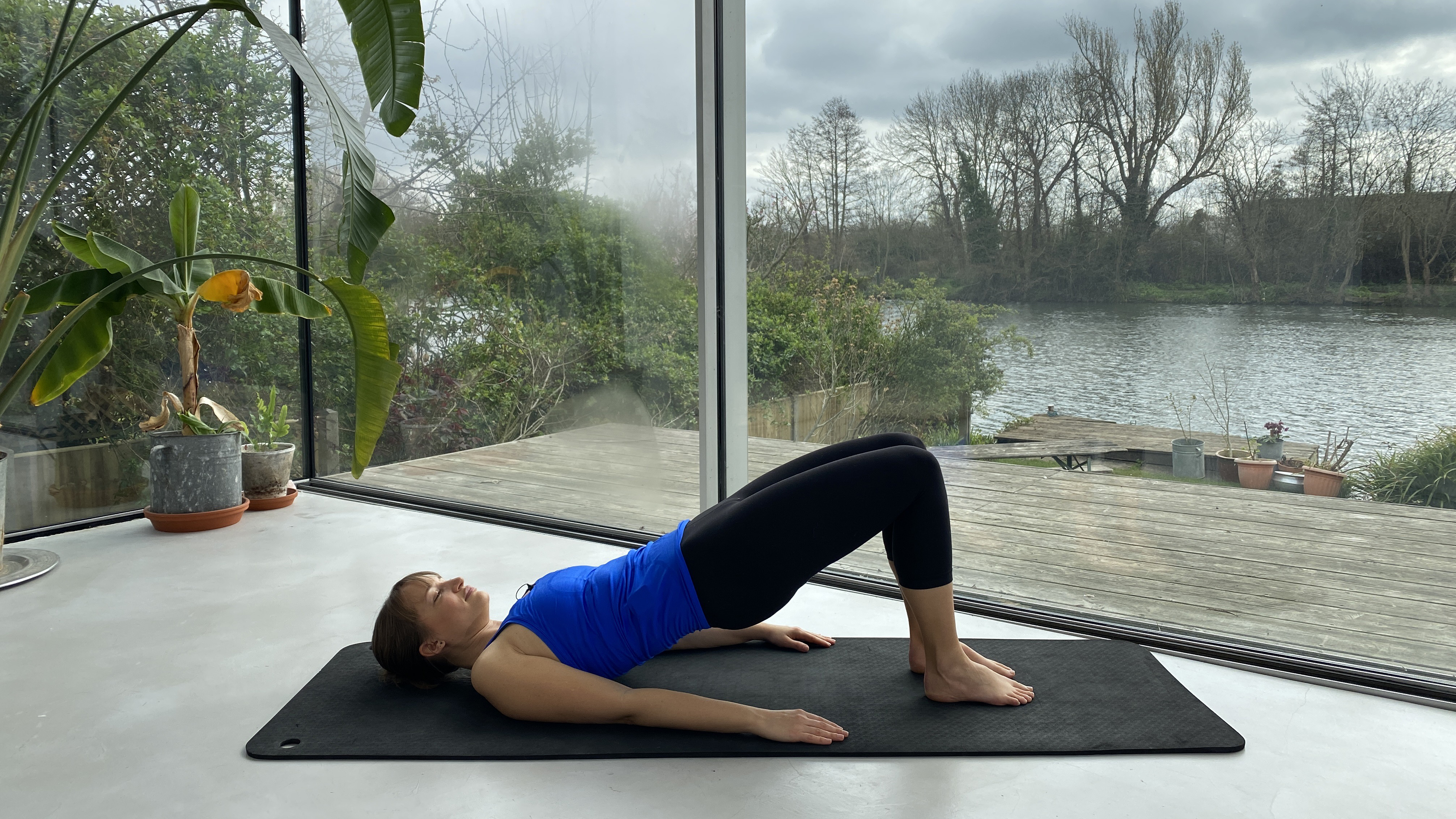
A favorite Pilates exercise that can be used for all levels as it can be modified to progress or regress as needed. It is low impact as there is always one foot on the floor and you are lying down.
How to do it: With the knees bent, stand into your feet so that you feel the hips start to lift off the floor. Keep lifting from the hips, it should feel like the glutes (buttock muscles) and the hamstrings (back of thighs) are doing the work and the spine is just following the movement. It can help to imagine you are pulling your heels towards your bottom as you go through the movement. Repeat 12 times.
If you want to make it harder you can do repetitions on a single leg.
Move two: The dart

This is great for strengthening the back, core and triceps on the back of the arms. This is a good postural exercise as well, as it works our anti-gravity muscles.
How to do it: Lie on your front and reach the arms down by your side with the palms facing your body. Imagine the crown of the head reaching away from the toes so that the body feels long, you will aim to maintain this feeling throughout the movement. As you breathe in, imagine the back of the shoulders floating towards the ceiling and hover the head and chest off the floor lifting from the upper back but keeping the lower back fairly neutral. The arms will also lift, keeping the elbows straight and reach the fingers strong towards your toes. Take a breath and then lower back down. Repeat for 12 repetitions.
If you want to make it harder you can hold it on the last rep and do pulsing up and down movements of the arms.
Move three: The leg pull facing up
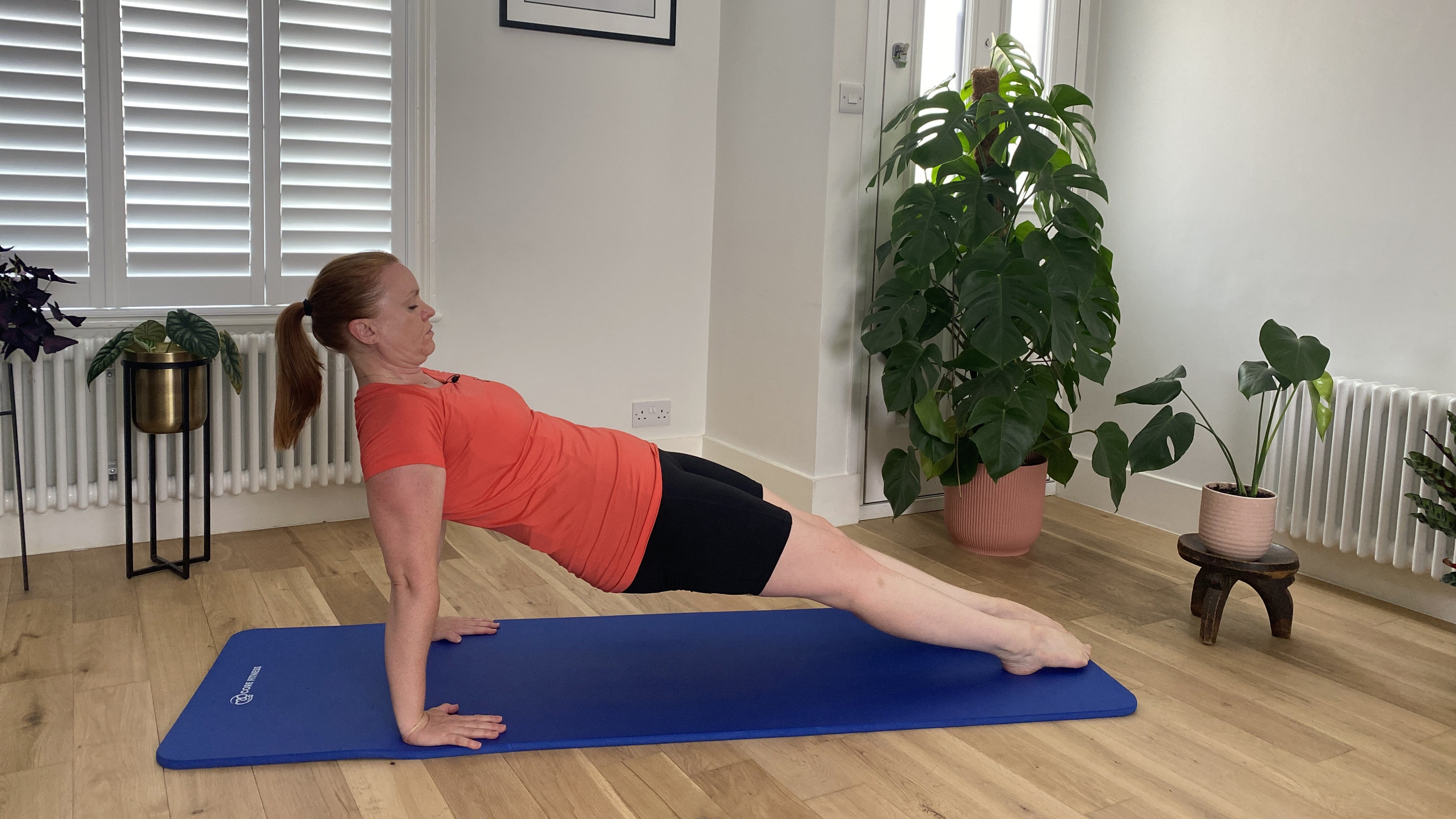
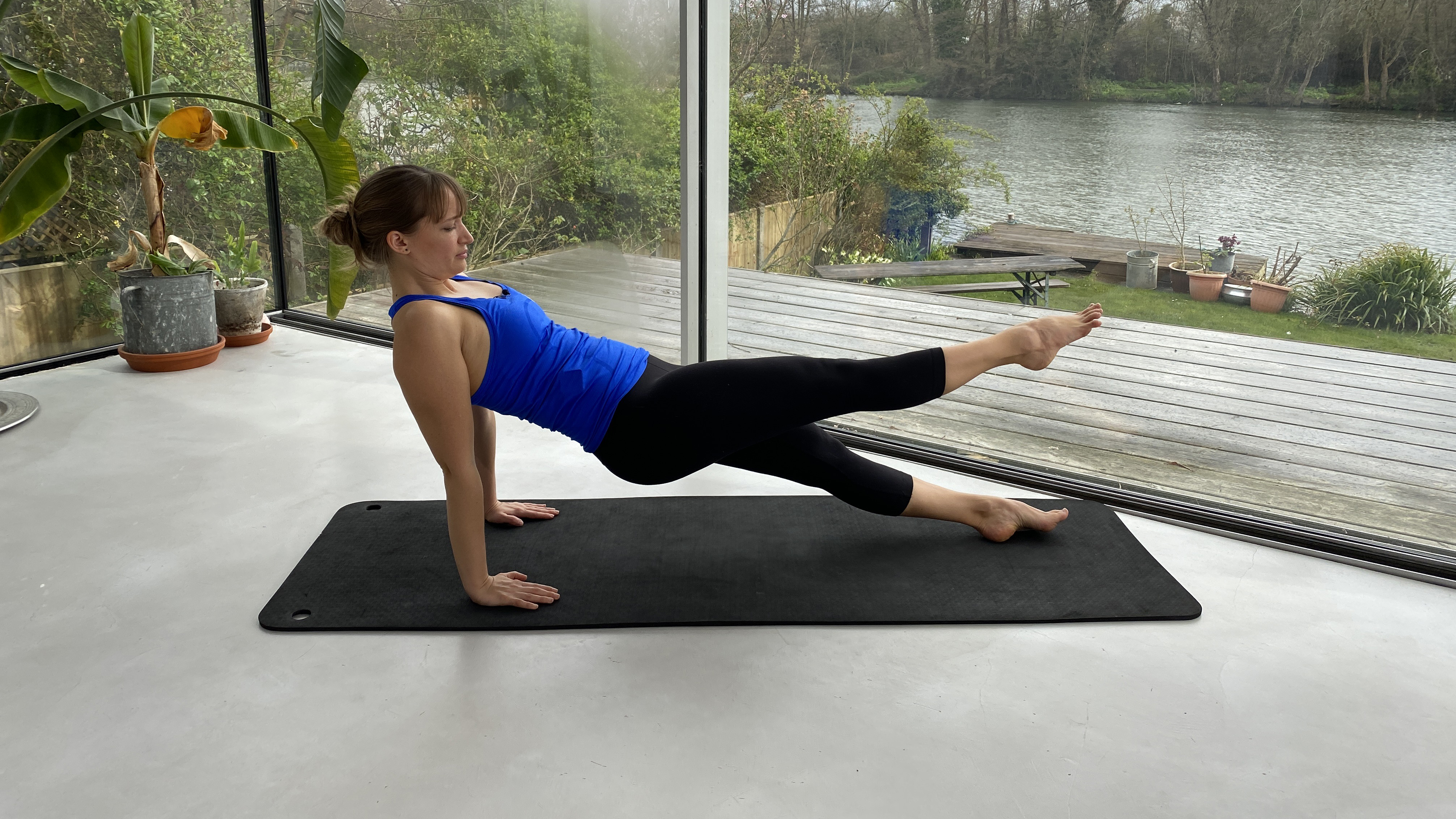
This low impact Pilates exercise works the whole of the back of the body as well as your abdominals.
How to do it: Sit with your legs out in front of you and your hands on the floor behind you with the fingers pointing forwards. Reach the toes away pointing them down and as you do so lift the hips off the floor so that the body comes into a straight line. Keep looking down towards the toes so that the neck stays in a little flexion. Take a breath at the top and then lower down. Repeat 12 times.
You can make it harder by holding the position and lifting one leg at a time off the floor. This really works the strength of the legs and arms at the same time.
Move four: Lunges
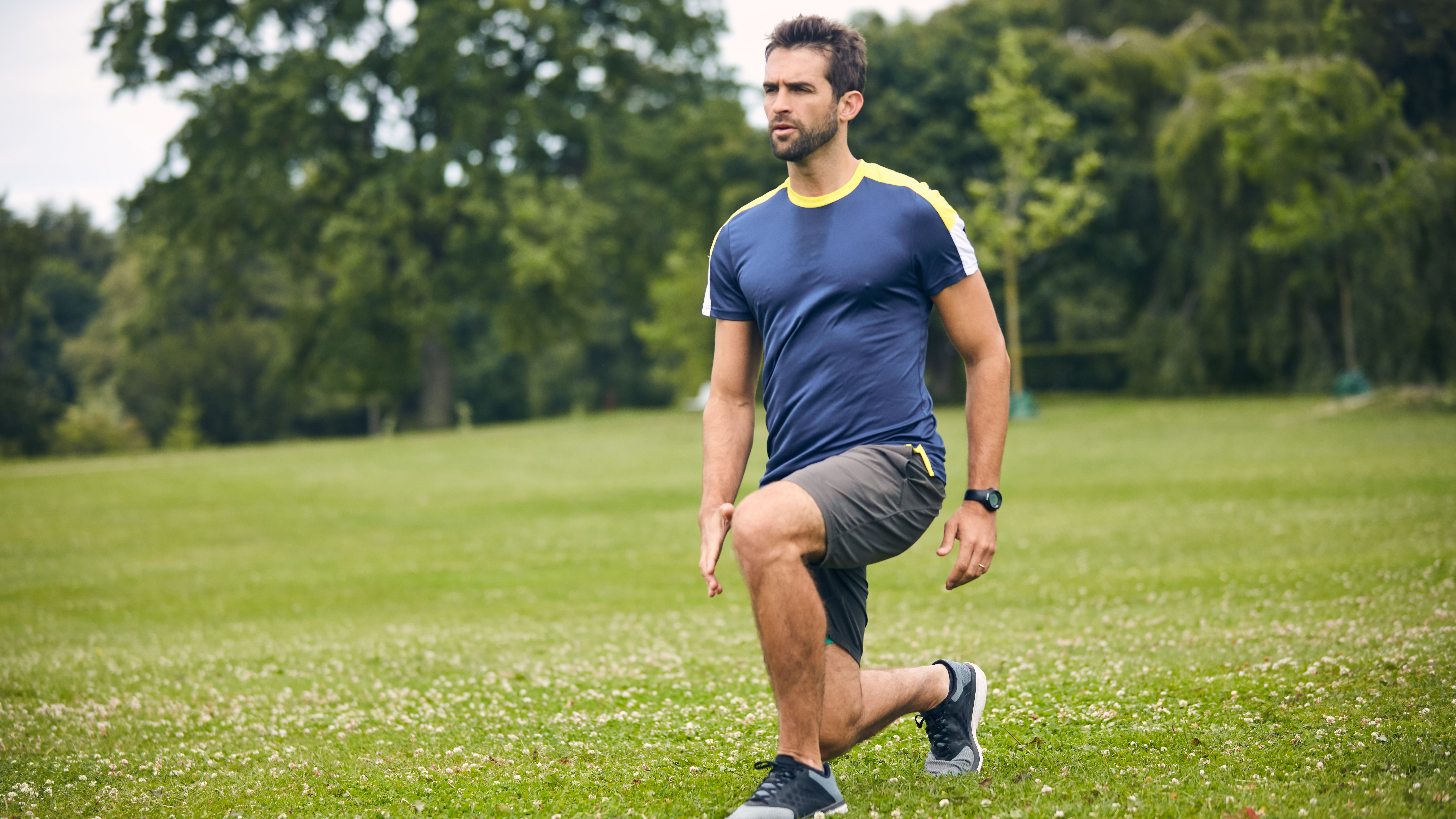
A very well known body weight strength exercise, this is a great low impact option for not only working your strength but increasing the heart rate. Once you are standing and using the whole body the cardiovascular system is more challenged. Try stepping back with alternate legs for this version.
How to do it: Stand tall, step one leg back in a large step and lower the body with the weight equally in each leg, you are aiming to keep the body fairly upright. As you press back up to standing, try and make the front leg do most of the work pressing your foot into the floor and coming all the way up so that the hips and knees are straight. This one is great for strengthening the glutes (buttock muscles), quads (front of the thighs) and hamstrings (back of the thighs) all at the same time! Repeat 12 times on each leg.
Move five: One leg stretch
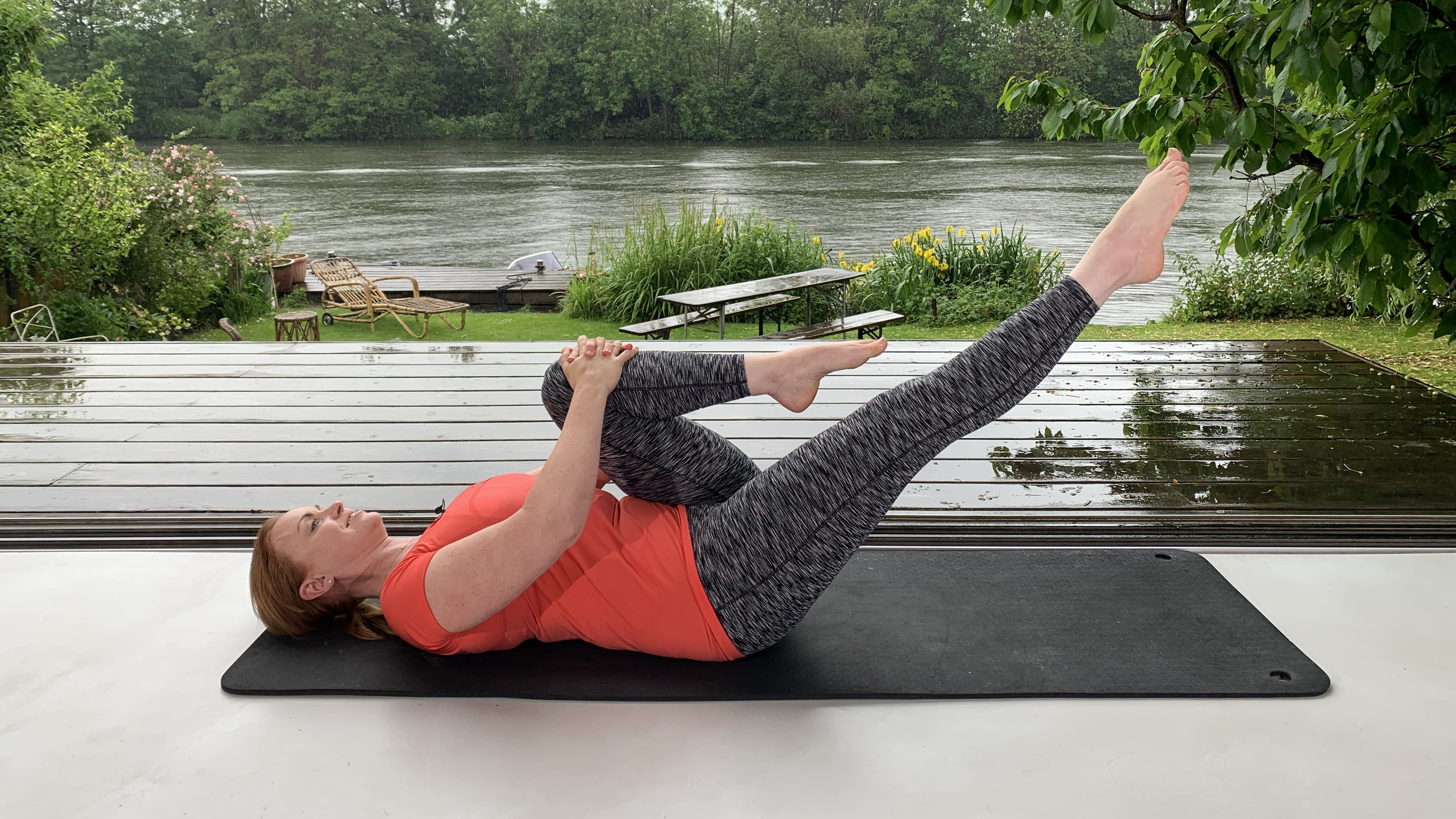
This is a Pilates exercise for abdominal strength.
How to do it: Lying on your back, float one leg at a time into a table top position with the knees and hips bent to 90 degrees. Reach the hands to one knee and reach the other leg away from you, straightening the leg. Alternate sides and repeat 20 times on each leg.
You can progress this exercise by floating the head and chest up into a mini chest lift to increase the load on the abdominals and the cardiovascular system without adding any impact.
Move six: Side planks
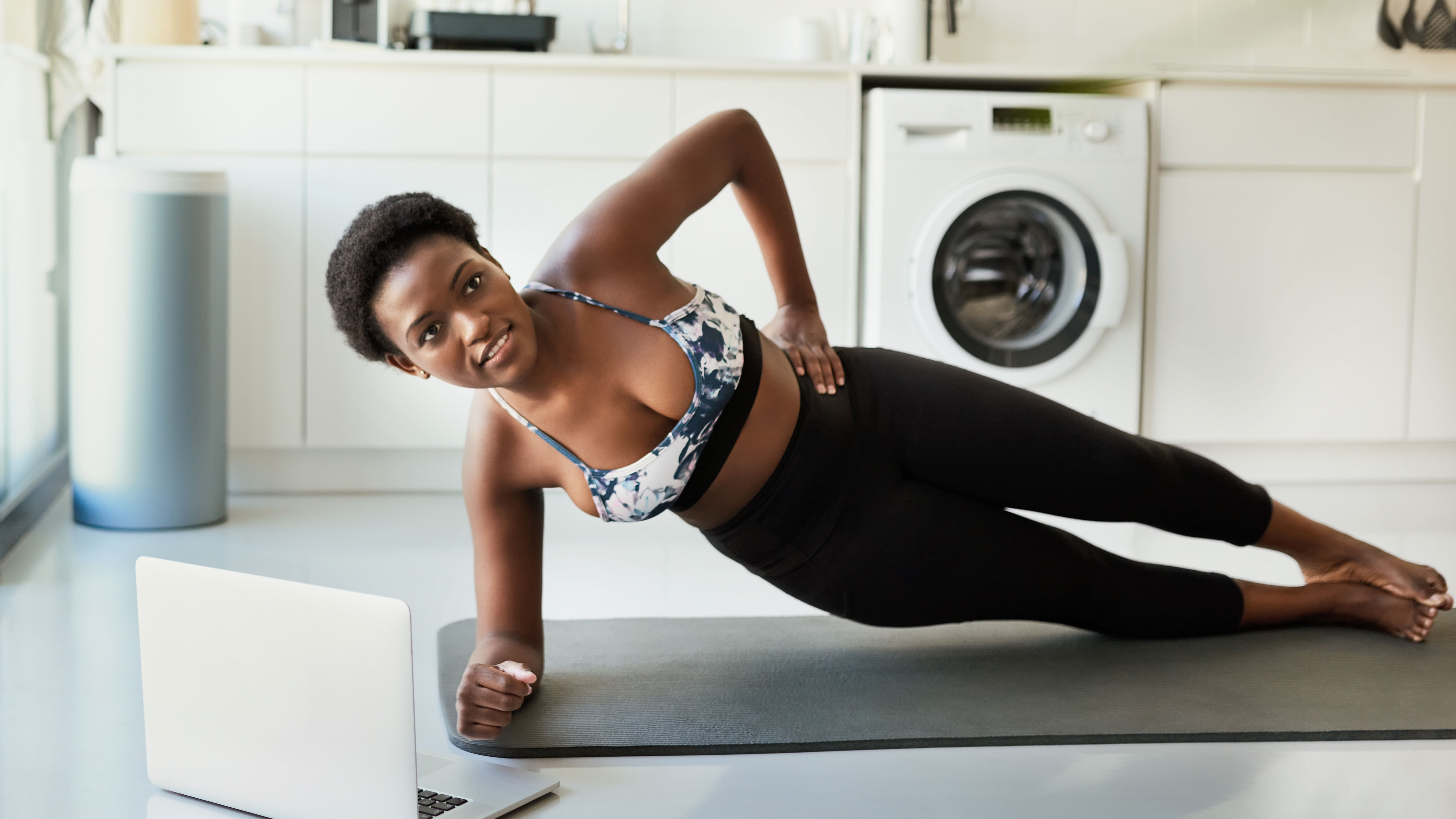
Another abdominal exercise but this time for the oblique abdominals.
How to do it: Prop yourself up on your elbow when you are on your side. Lift the ribs away from the floor and press the forearm into the floor so that you are making as big a space as possible under the arm and ribs. Keep pressing so that you lift the hips and end up resting on the forearm and the feet. I prefer to have one foot in front of the other, but you can have them stacked one on top of the other which tends to be a bit harder. Hold for a breath and then lower down. Repeat for 10 reps on each side.
You can make it easier by doing it with the knees bent and harder by lifting the top leg up as you hold the plank!
Move seven: Single leg deadlift
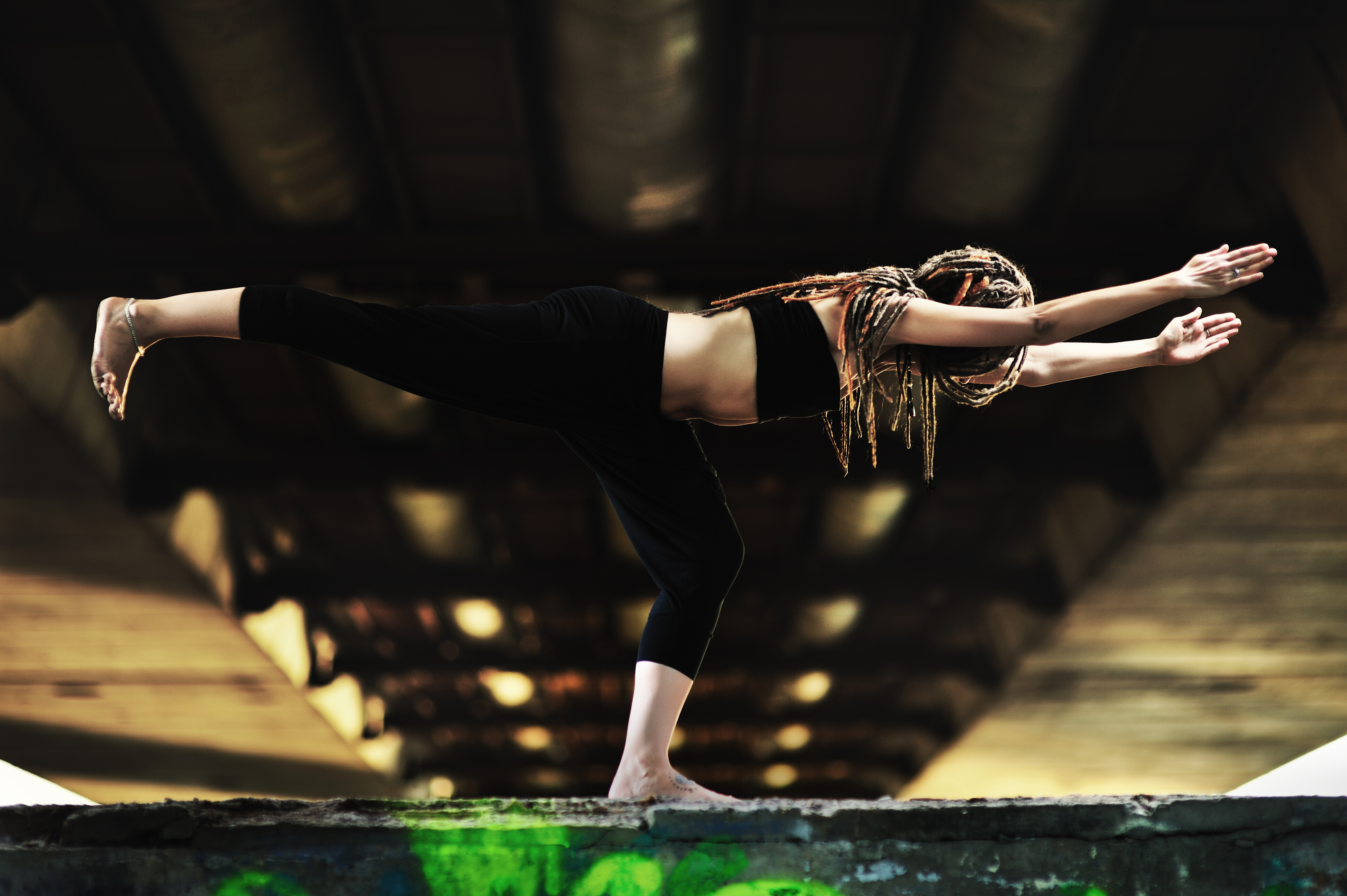
This is a great exercise for your hamstrings and back particularly.
How to do it: In standing, balance on one leg and hinge from the hips with a slightly bent knee taking the other leg back behind you. Hinge back to the start position and repeat 12 times on each leg.
Aim to keep the pelvis level so as you hinge over you should be able to imagine resting a full dinner plate of food on your lower back and not dropping it to one side or the other!
Sign up for the Live Science daily newsletter now
Get the world’s most fascinating discoveries delivered straight to your inbox.

Maddy Biddulph is a freelance health and fitness journalist with over 26 years of experience working for consumer media in the US and UK. As a Level 3 personal trainer and weight loss advisor she is used to trying out and reviewing the latest health and fitness products. At Maddy Biddulph Personal Training, she runs one-to-one and small group sessions, as well as group exercise classes. She specializes in mobility work with seniors and runs regular chair workouts in her hometown of Oxford.










